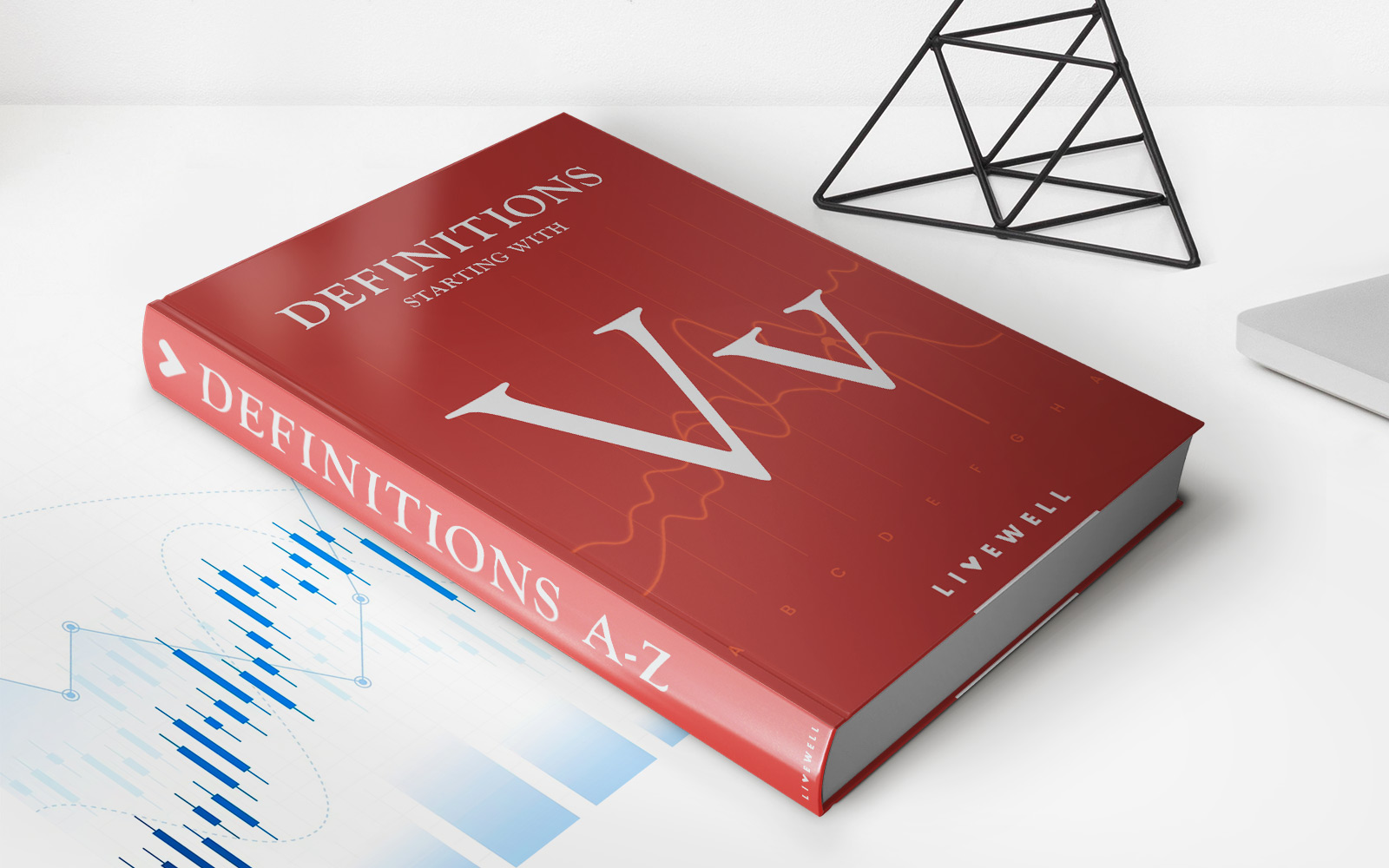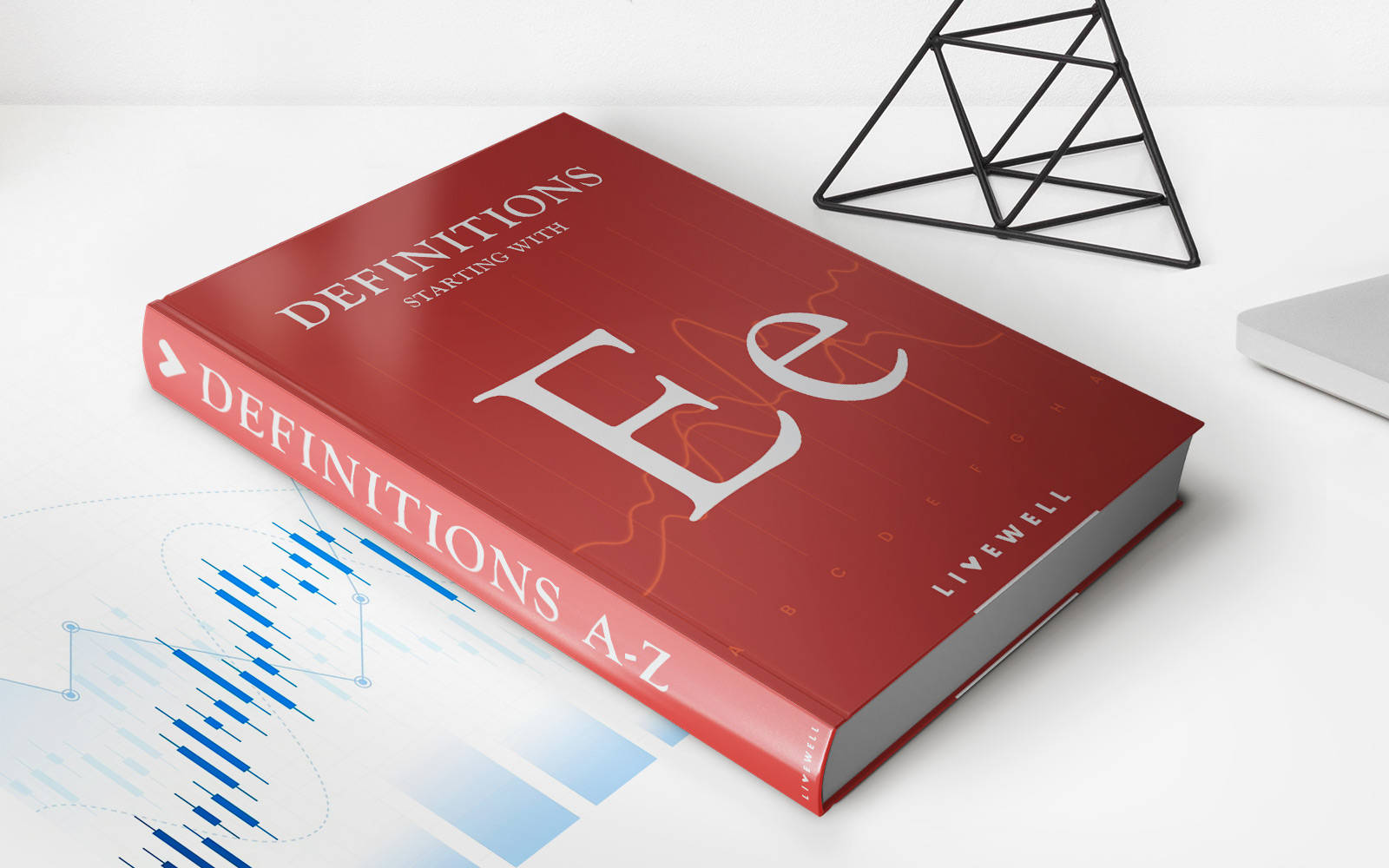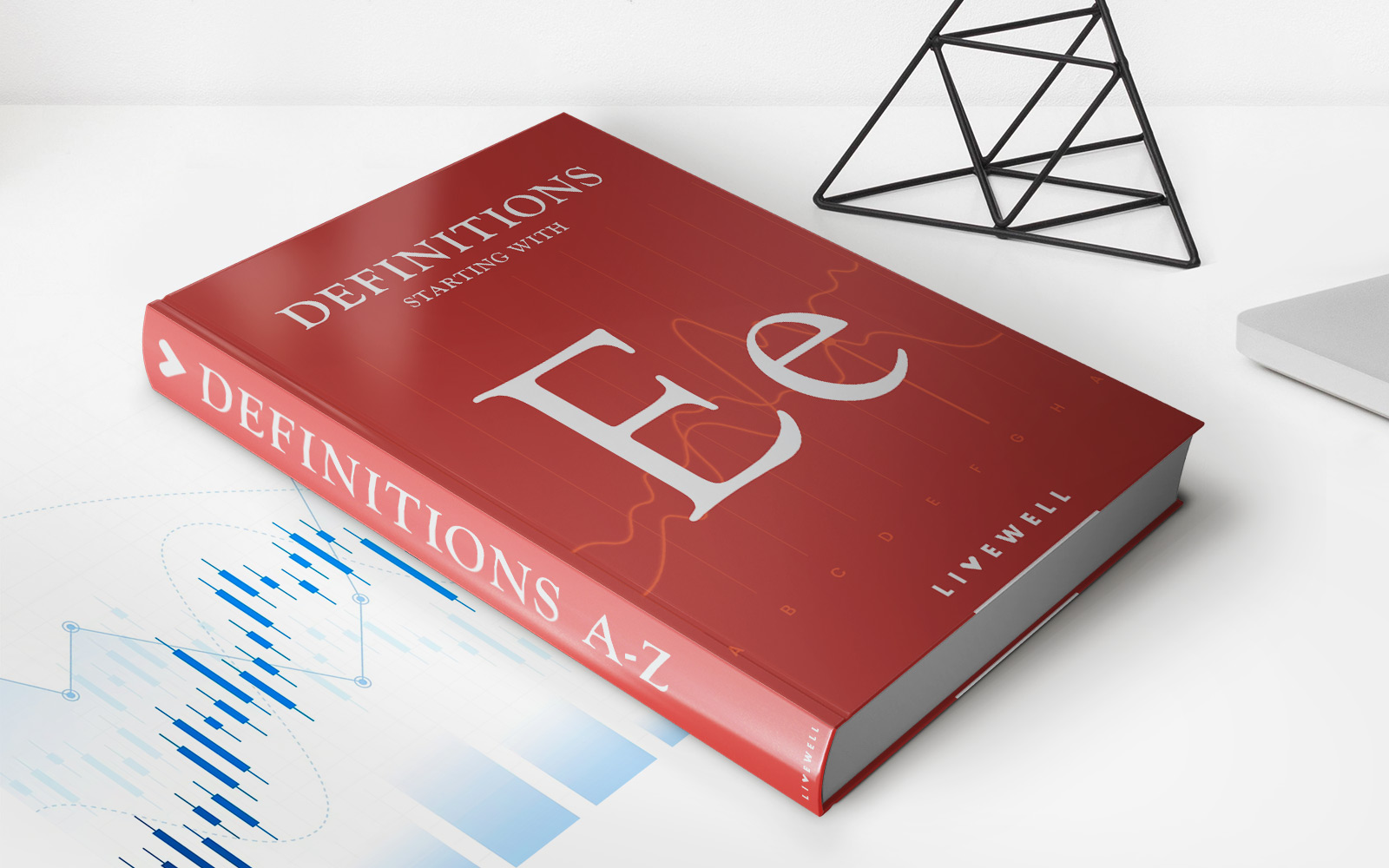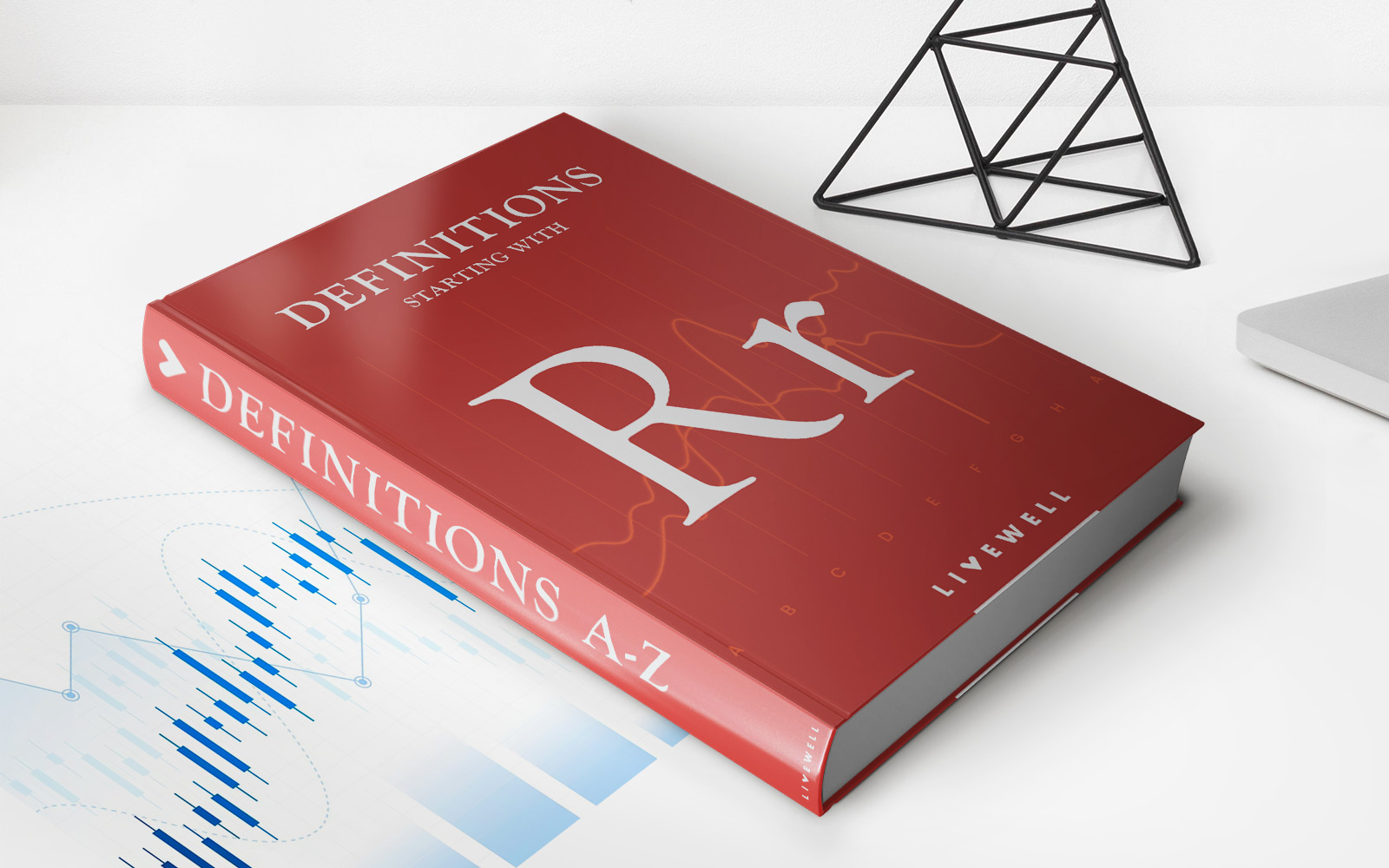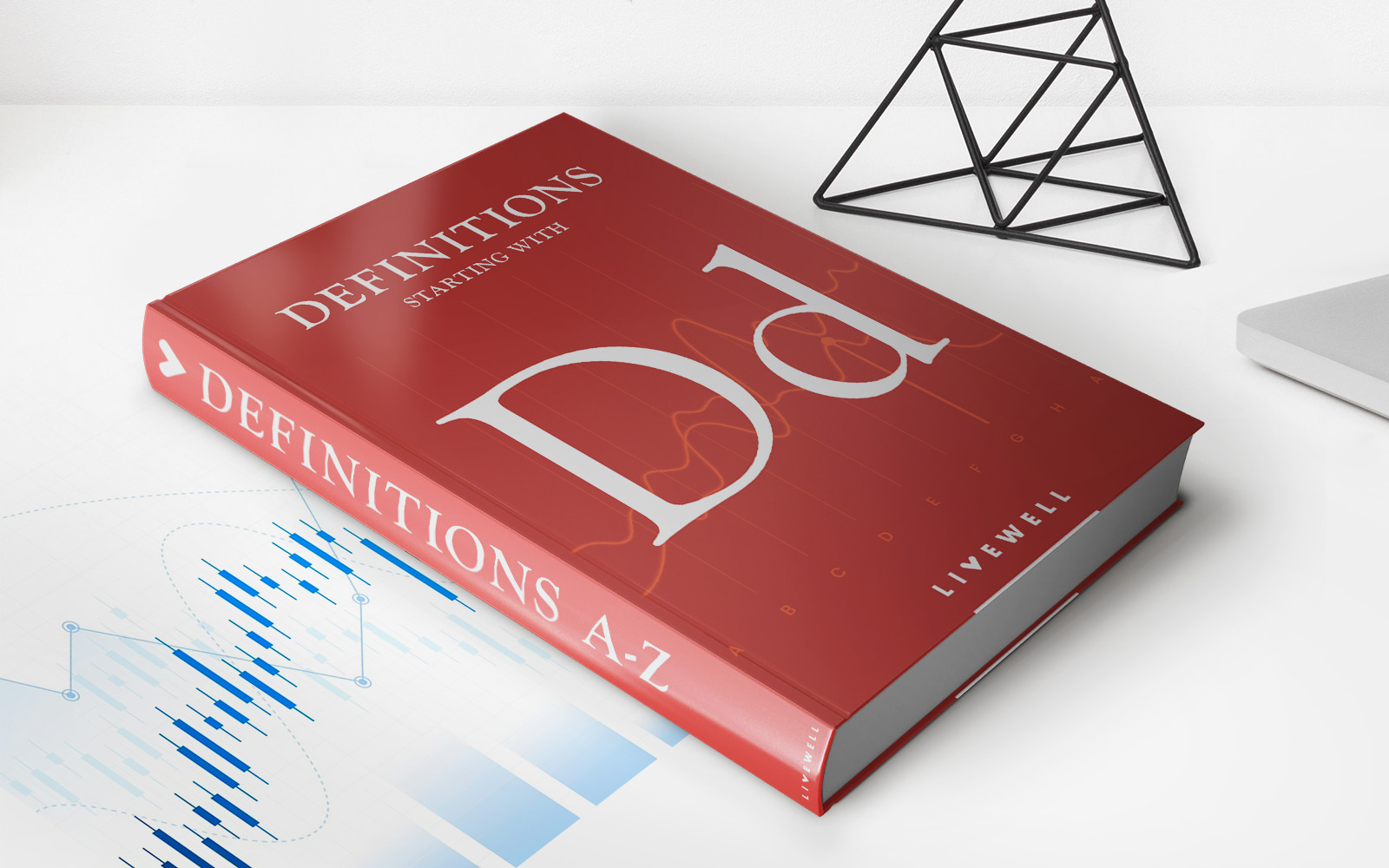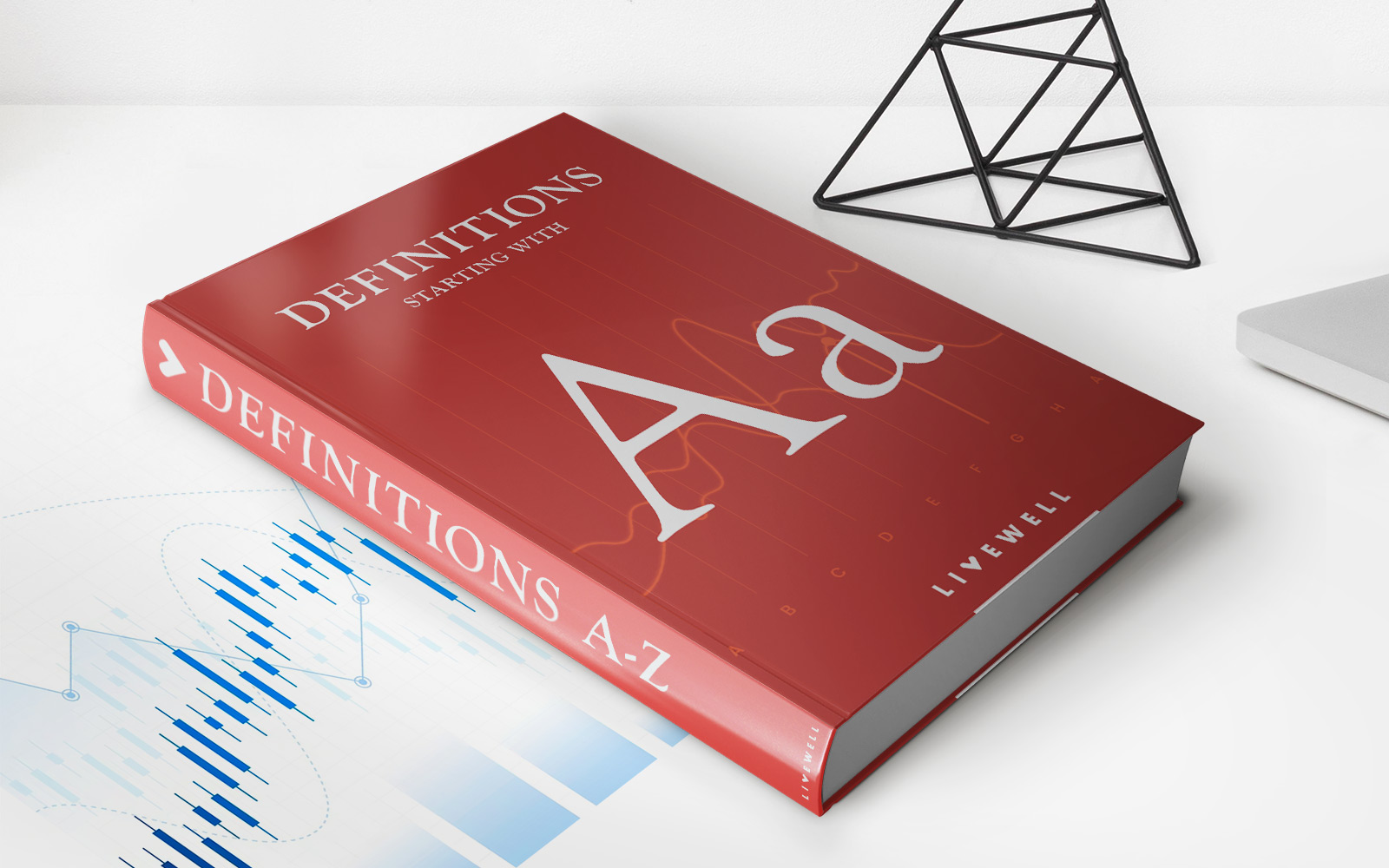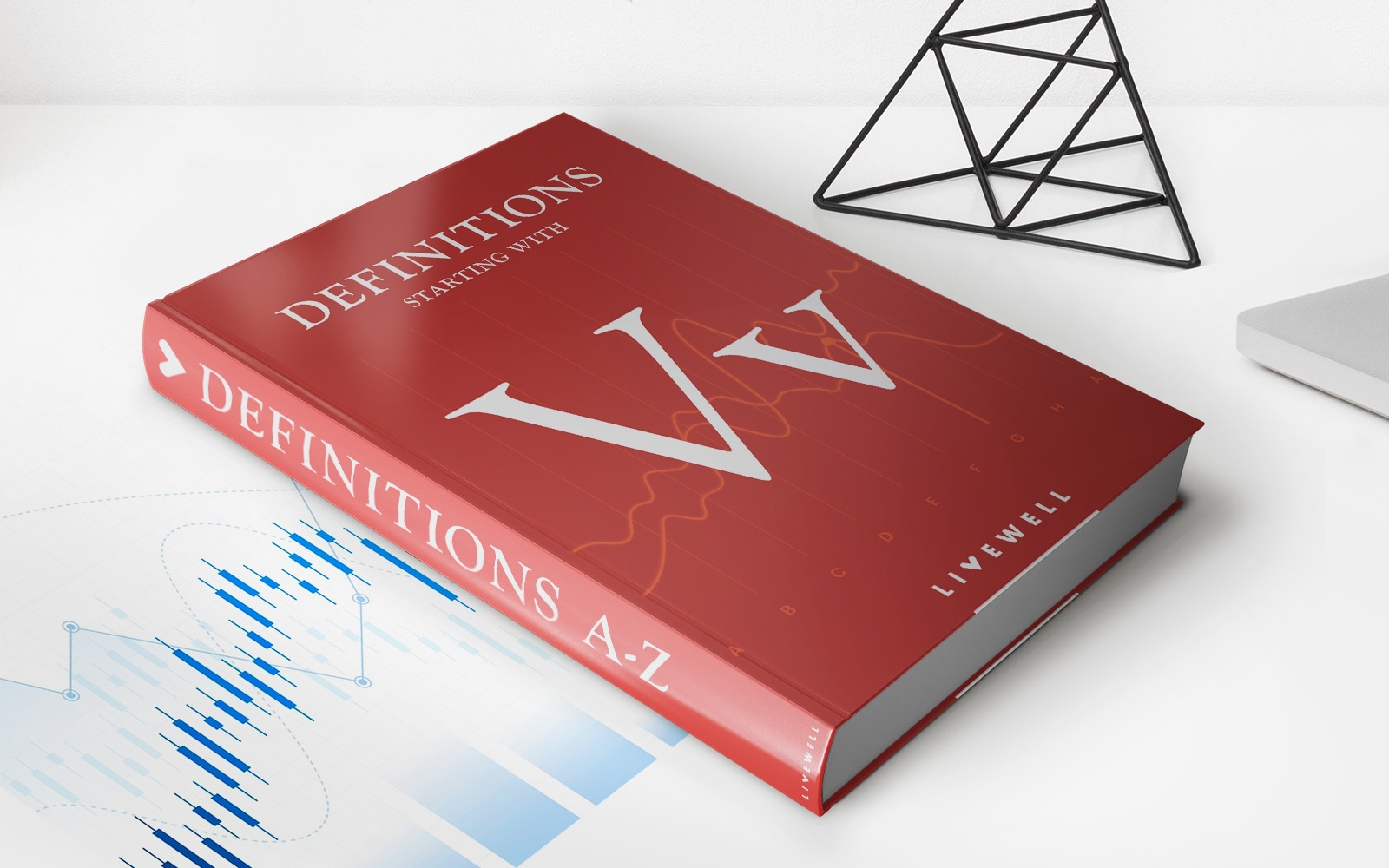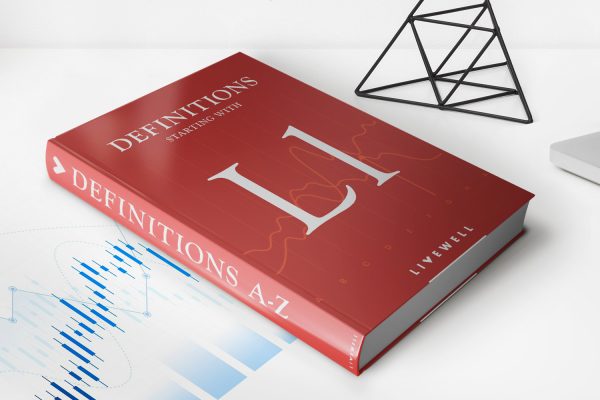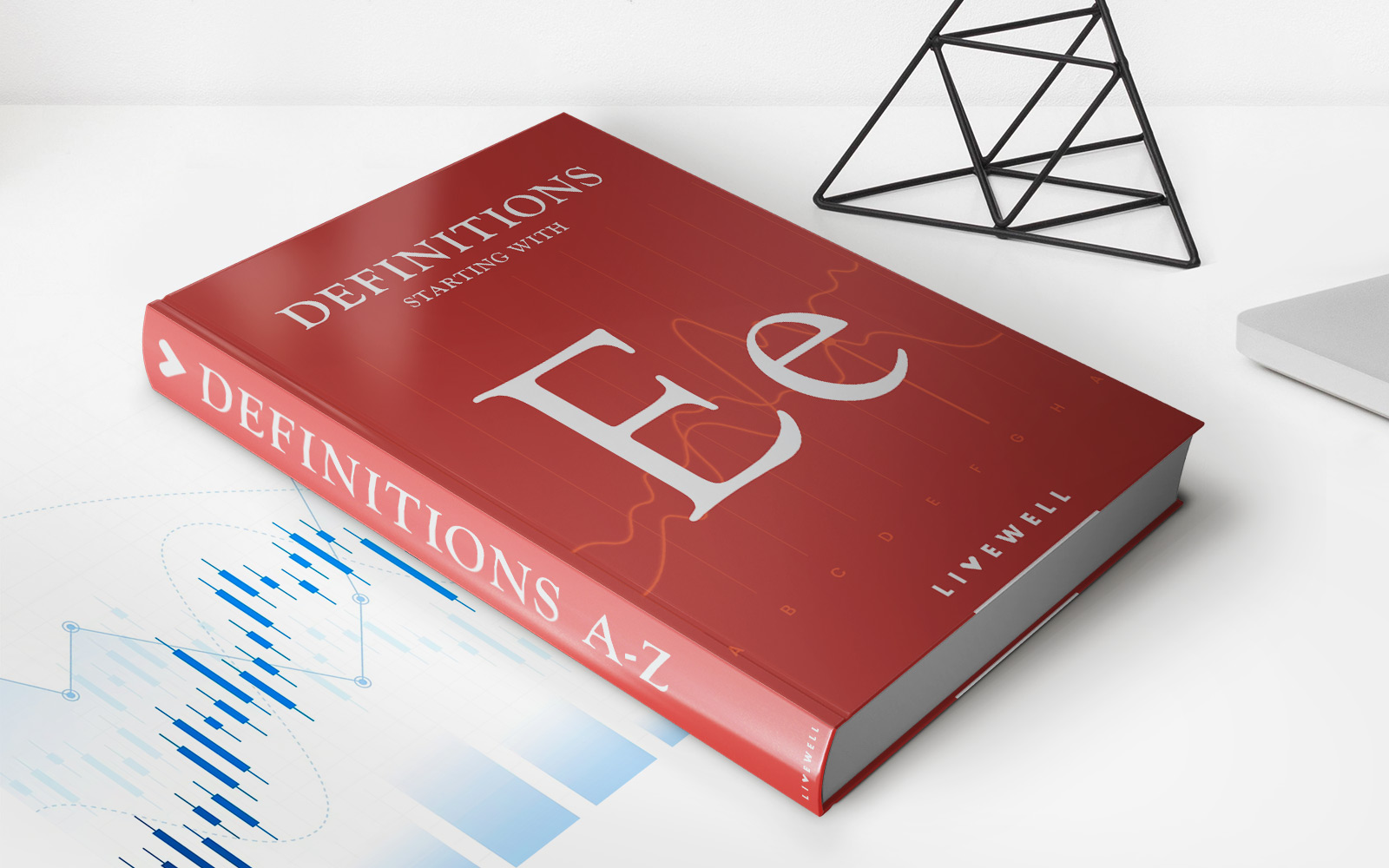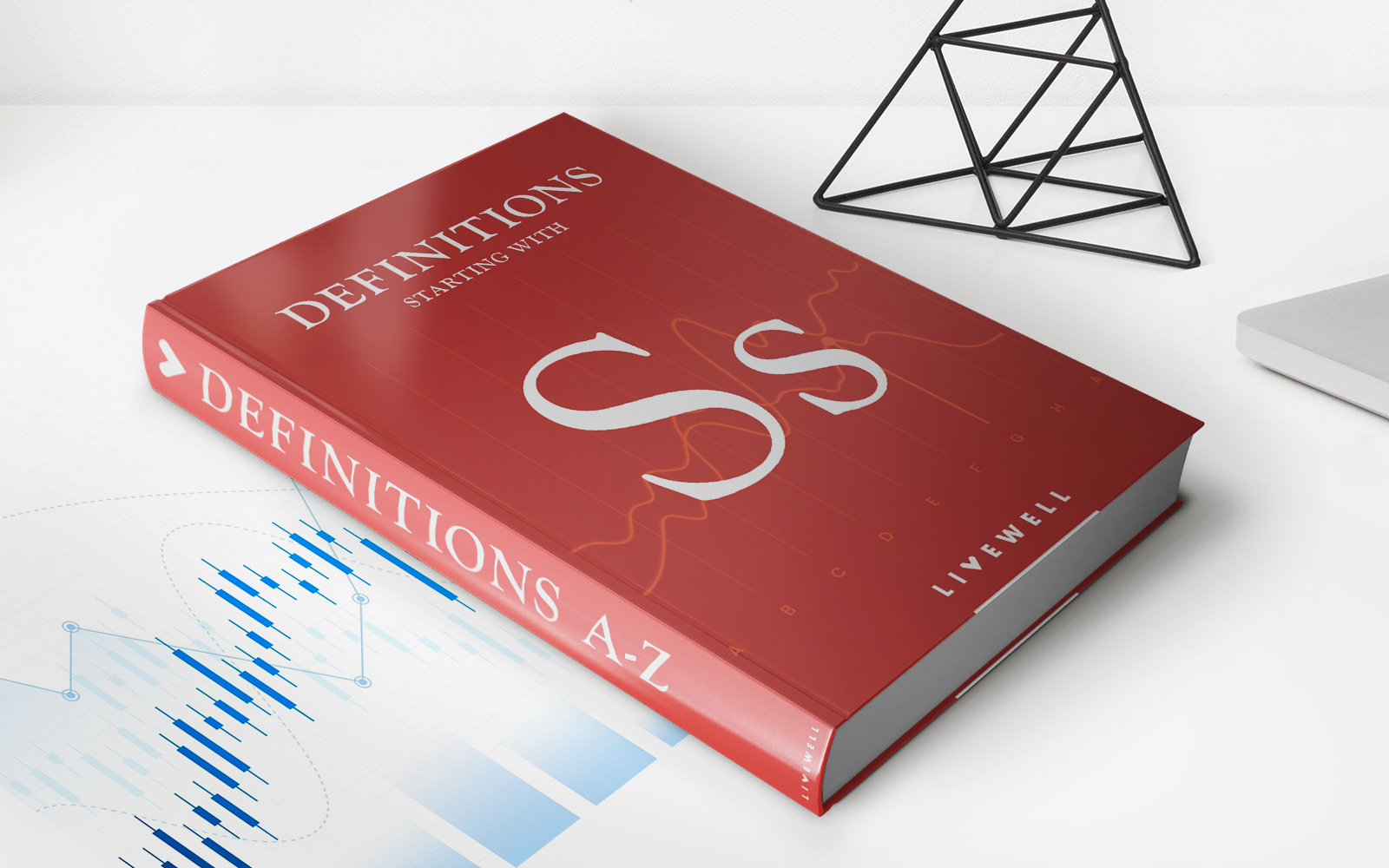Home>Finance>Variable Interest Entities (VIE): Definition And How They Work
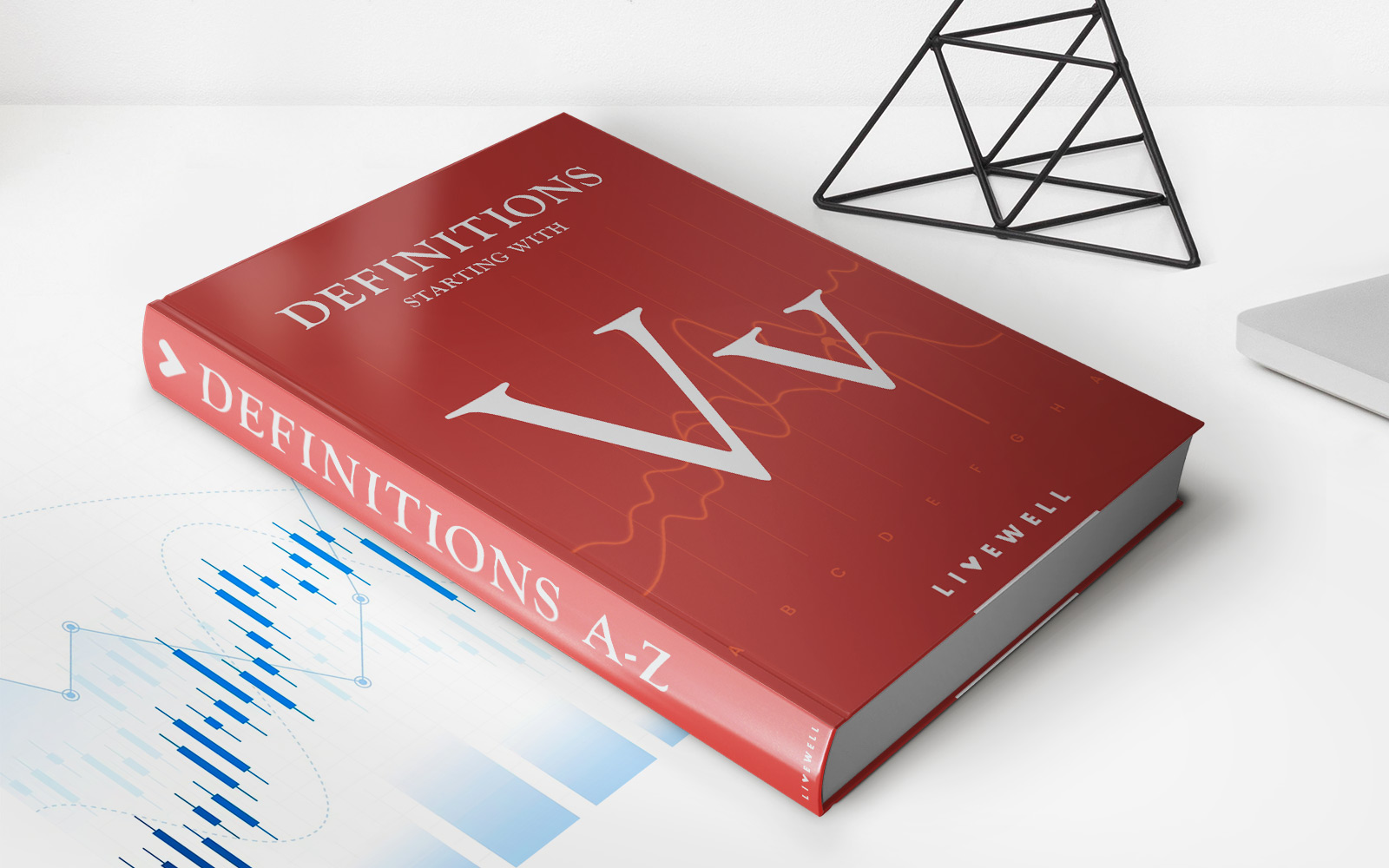

Finance
Variable Interest Entities (VIE): Definition And How They Work
Published: February 15, 2024
Discover the definition and inner workings of Variable Interest Entities (VIE) in finance. Learn how VIE structures play a crucial role in the financial industry.
(Many of the links in this article redirect to a specific reviewed product. Your purchase of these products through affiliate links helps to generate commission for LiveWell, at no extra cost. Learn more)
Variable Interest Entities (VIE): Definition and How They Work
Welcome to “FINANCE,” where we dive deep into the world of finance to provide you with valuable insights and knowledge. In today’s post, we will demystify one of the most intriguing financial concepts – Variable Interest Entities (VIEs). If you’ve ever wondered what VIEs are and how they work, you’re in the right place. In this article, we will explain the definition of a VIE, outline their unique characteristics, and explore how they function in the finance industry.
Key Takeaways:
- A Variable Interest Entity (VIE) is a legal entity that lacks sufficient equity investment to enable it to finance its activities without the support of additional financial support.
- VIEs are commonly used in complex corporate structures and can be subject to special accounting rules.
What is a Variable Interest Entity (VIE)?
A Variable Interest Entity, commonly referred to as a VIE, is a legal entity that lacks sufficient equity investment to finance its activities independently. In other words, these entities require additional financial support from external parties to operate effectively. VIEs are typically used in complex corporate structures and are often subject to specific accounting rules due to their unique characteristics.
How Do Variable Interest Entities (VIEs) Work?
Now, let’s explore how VIEs work in practice:
- Structure: VIEs are structured using a specialized legal entity that acts as a central hub, consolidating the financial activities of multiple entities involved in a business venture. This structure allows companies to exert control over the VIE using contractual arrangements.
- Equity Investment: While VIEs have some equity investment, it is typically not sufficient to support their operations without external financial support. As a result, these entities rely on additional funding or financial guarantees provided by other parties to meet their obligations.
- Control and Decision-Making: Despite holding a minority ownership interest, the party with the most significant economic interest in the VIE exercises control and decision-making authority over its activities. This controlling party is responsible for absorbing the majority of the VIE’s risk and rewards.
- Special Accounting Rules: VIEs are subject to special accounting rules to ensure transparency and proper financial reporting. These rules require the consolidating of VIEs’ financial statements with the financial statements of other related entities. The objective is to provide a more accurate representation of the entire business structure.
In Conclusion
Variable Interest Entities (VIEs) play a crucial role in complex corporate structures, allowing companies to exercise control over entities while minimizing their financial exposure. By understanding the definition and functioning of VIEs, you can gain valuable insights into the intricate world of finance.
Key Takeaways:
- A Variable Interest Entity (VIE) is a legal entity that lacks sufficient equity investment to enable it to finance its activities without the support of additional financial support.
- VIEs are commonly used in complex corporate structures and can be subject to special accounting rules.
We hope this article has provided you with a comprehensive understanding of Variable Interest Entities. If you have any further questions or would like to explore more fascinating topics in the world of finance, stay tuned for more insightful posts under the “FINANCE” category.
